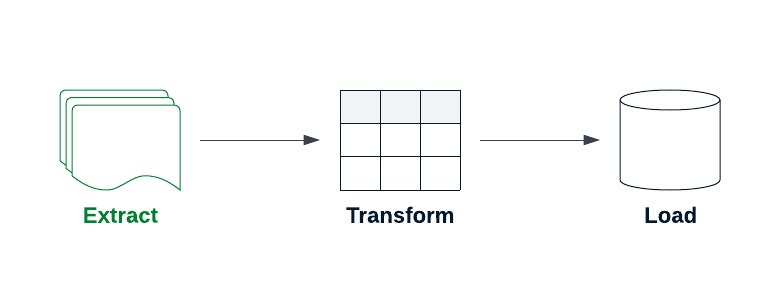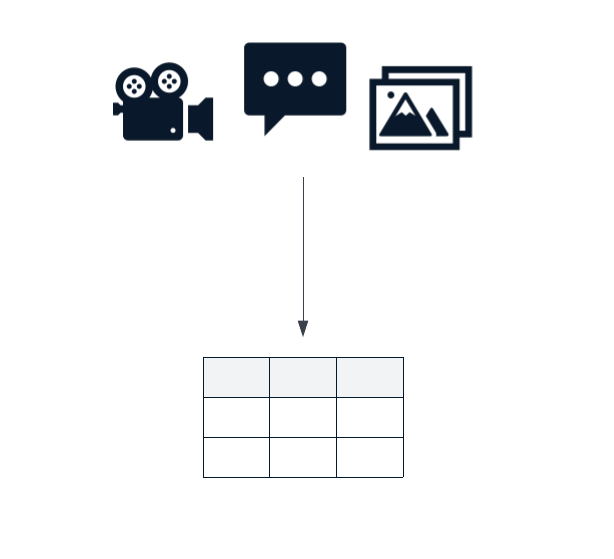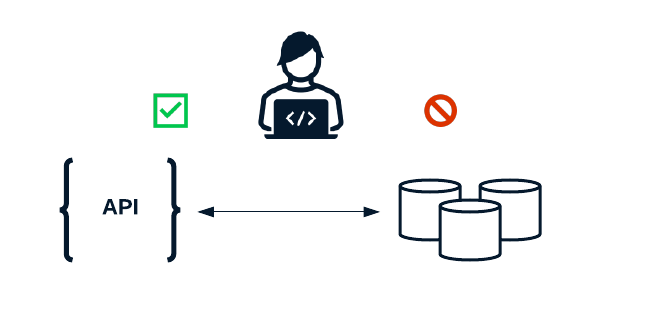Extracting non-tabular data
ETL and ELT in Python

Jake Roach
Data Engineer
Extracting non-tabular data

Types of non-tabular data
Most data produced and consumed is unstructured data
- Text
- Audio
- Image
- Video
- Spatial
- IoT

1 https://mitsloan.mit.edu/ideas-made-to-matter/tapping-power-unstructured-data
Working with APIs and JSON data
API (Application Programming Interface)
- Software that sits on top of data sources
- Prevents direct interaction with database
$$

JSON (JavaScript Object Notation)
- Key-value pairs
- No set schema
- Look and feel similar to
dictionaries
{
"key": "value",
...
"open": 0.121875
}
Reading JSON files with pandas
{
"timestamps": [863703000, 863789400, ...],
"open": [0.121875, 0.098438, ...],
"close": [...],
"volume": [...]
}
Use the .read_json() function
# Read in a JSON file in the format above
raw_stock_data = pd.read_json("raw_stock_data.json", orient="columns")
1 https://pandas.pydata.org/docs/reference/api/pandas.read_json.html
Nested or unstructured JSON data
Data is not always DataFrame-ready
- Nested objects
- Varying "schema"
{
"863703000": {
"volume": 1443120000,
"price": {
"close": 0.09791,
"open": 0.12187
}
},
"863789400": {
...
}, ...
}
Reading JSON files with json
import json
with open("raw_stock_data.json", "r") as file:
# Load the file into a dictionary
raw_stock_data = json.load(file)
# Confirm the type of the raw_stock_data variable
print(type(raw_stock_data))
<class 'dict'>
Let's practice!
ETL and ELT in Python

